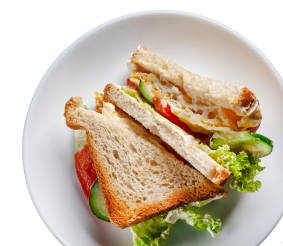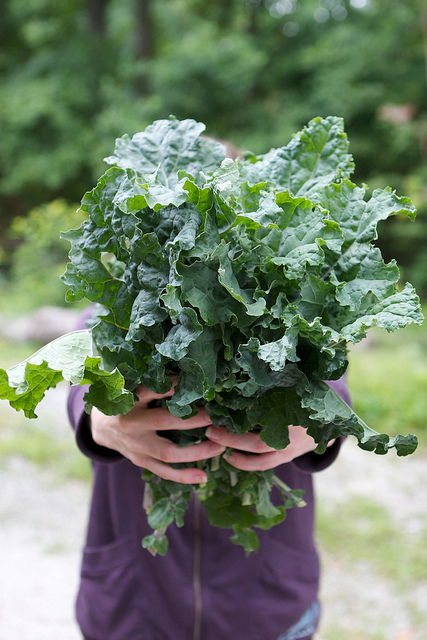Edible Landscaping
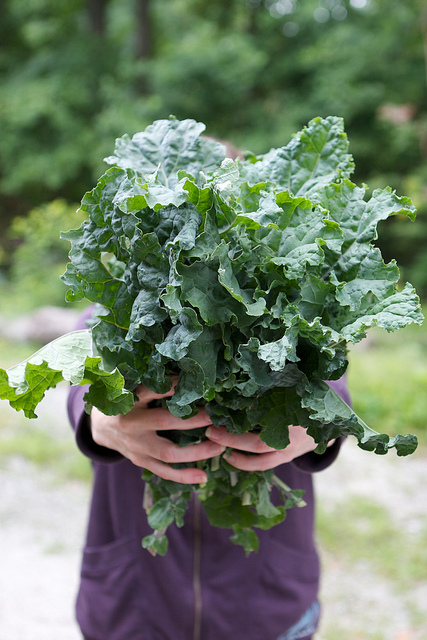 It seems like more people are growing their own food these days. There are all kinds of new ideas and approaches to gardening, making it accessible for many folks. And the library's Lawn and Garden Neighborhood has the resources to help!
It seems like more people are growing their own food these days. There are all kinds of new ideas and approaches to gardening, making it accessible for many folks. And the library's Lawn and Garden Neighborhood has the resources to help!Reasons for growing your own food are as varied as the people doing it! Some people choose to grow food instead of a lawn, in an effort to benefit the planet. Maintaining a lawn often involves toxic chemicals and lots of water – not to mention the pollution created by a gas-powered lawnmower. Some people just want a few special herbs or vegetables close at hand. Most of us fall somewhere in the middle.
We all know people who have lovely large well-kept gardens, but that's not the only option. You don’t need a lot of space – or a lot of time and energy – to enjoy the benefits of growing some of your own food. Very few people really need a 50 foot row of any vegetable! It’s not necessary to set aside a rectangular space, or even to grow your produce in rows. In fact, you can grow edibles on your balcony – no need for a yard at all.
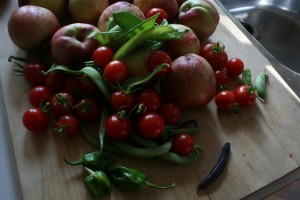 Now is the perfect time to start planning your garden. To start, decide how much or how little you would like to grow. Perhaps you’d just like a few salad greens – or maybe you want to support your pesto habit with a few basil plants. On the other hand, you might want to grow enough to freeze or can vegetables to eat in the winter (instead of grocery store produce that traveled halfway around the world before arriving in the store!).
Now is the perfect time to start planning your garden. To start, decide how much or how little you would like to grow. Perhaps you’d just like a few salad greens – or maybe you want to support your pesto habit with a few basil plants. On the other hand, you might want to grow enough to freeze or can vegetables to eat in the winter (instead of grocery store produce that traveled halfway around the world before arriving in the store!).Some people choose to plant a garden with a specific culinary theme, i.e. a pizza garden or a salad garden. Another good idea is to partner up with your neighbors and trade produce. You could grow salad greens and they could grow tomatoes, for example. Community gardens are a growing trend, and have the added benefit of creating community as well as produce.

Photo courtesy of Brianna Privett
One non-traditional approach is to tuck edibles in among your flowers and other plantings. Simply make them part of the landscaping. Many vegetable/herb plants are quite aesthetically pleasing, and some are particularly compatible with certain flowers. This way, there is no additional watering or weeding – your edibles will get the same care as your landscaping plants. Super easy! This is one of my favorite techniques.
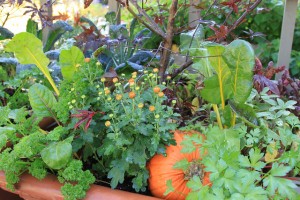
Photo courtesy of Rhonda Fleming Hayes
Another approach is to plant your “garden” in containers on your patio or balcony. Many edibles will thrive in containers. The library’s Lawn & Garden neighborhood has all the information you need to make the right choices.
Some people like to create raised beds. These can be quite lovely, and you can easily start with fresh topsoil. I would plant some flowers among the edibles, but that is your decision to make.
You can also just plant one or more small groupings of vegetables/herbs. This approach lends itself well to poly-culture planting, which is when you plant several compatible varieties together. A good example is the “3 Sisters” planting of corn, beans, and squash. The corn provides a structure for the beans to climb; the beans enrich the soil; and the squash serves as a mulch and ground-cover to keep the roots cool.
Here are some excellent books to help you get started:
There is a recent movement to do away with lawns, replacing them with gardens. Check out Food Not Lawns for more information. If you decide to replace substantial parts of your lawn with edibles, it's a good idea to check city codes and neighborhood rules to make sure your garden will be acceptable. Also, keep in mind that well-maintained gardens are much more likely to be appreciated by your neighbors!

Photo courtesy of Juhan Sonin






